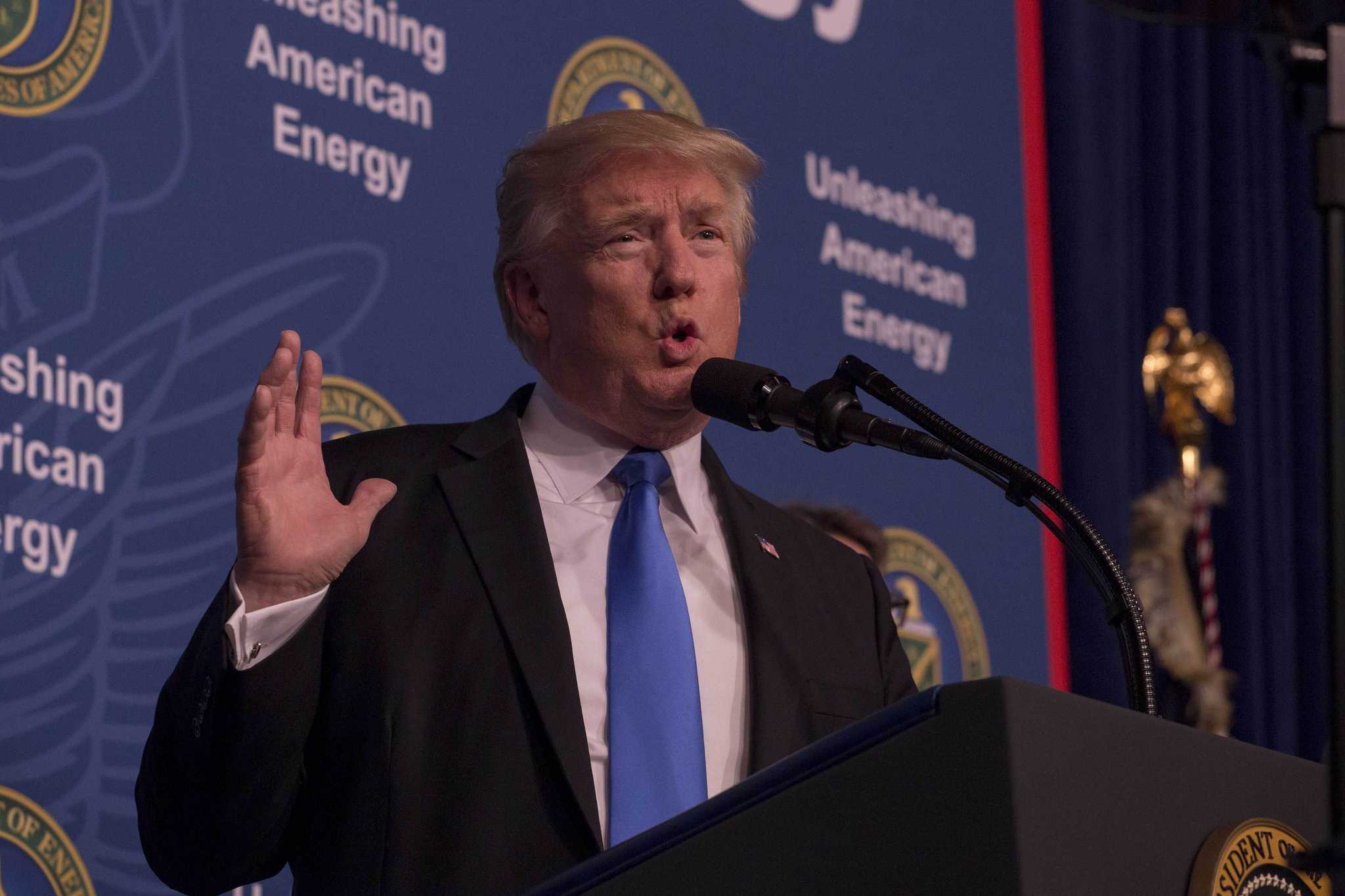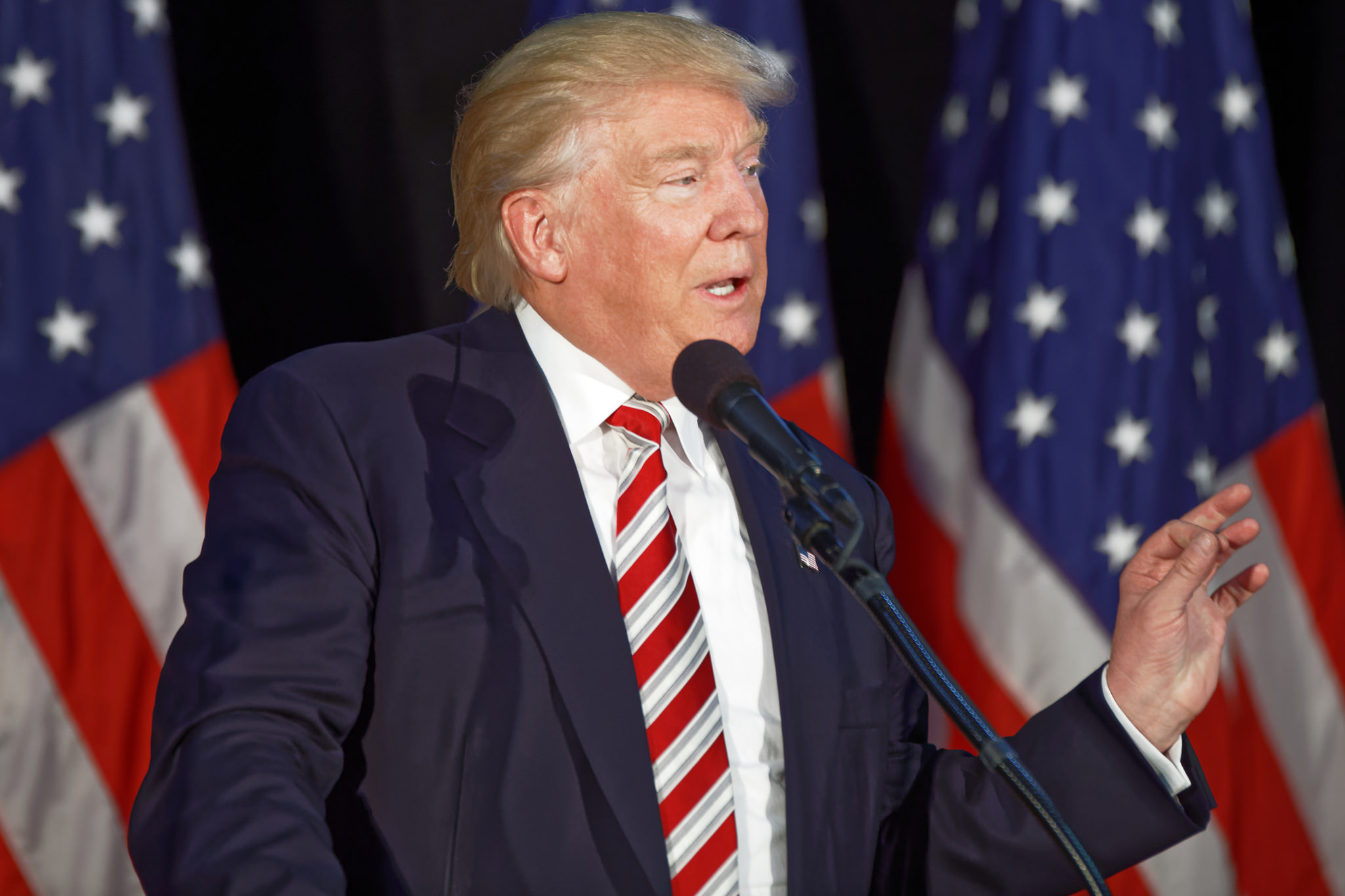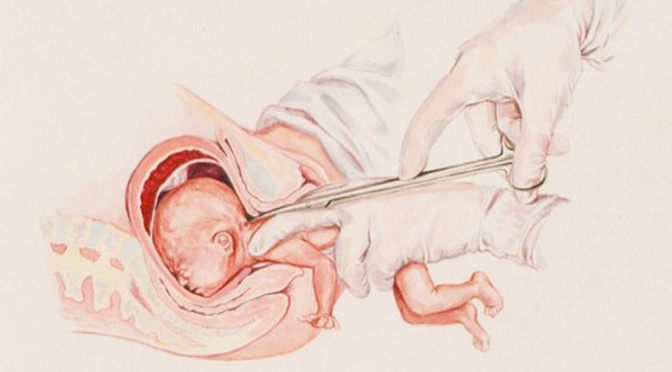A new trade deal between the U.S. and Mexico has been cemented, culminating in a two-thirds overhaul of the North American Free Trade Agreement (NAFTA), putting more pressure on Canada to agree to new terms on auto trade and dispute settlement rules to remain part of the three-nation economic agreement.
Following the development, the U.S. stock market skyrocketed, with the Standard & Poor’s (S&P) 500 gaining 0.8 percent to close the day at a record high 2,896.74. The Nasdaq Composite climbed 0.9 percent to an all-time high above 8,000 points, and the Dow Jones Industrial Average (Dow) rose 259.29 points to 26,049.64. Monday also marked the first time since February 1 that the Dow closed above 26,000, according to a report from CNBC.
Companies from the manufacturing, automotive, and technology sectors saw the biggest gains of the day.
The new trade deal has now eased tensions between the U.S. and Mexico, removing a source of uncertainty that has been plaguing investors for months.
For now, until Canada comes to the deal-making table, President Donald Trump said the deal would be called “The United States-Mexico Trade agreement,” leaving the 24-year-old NAFTA designation behind.
“The name NAFTA has a bad connotation because the United States was hurt very badly by NAFTA,” he said. The President added that the deal with Mexico will be “very helpful” for farmers and manufacturers, a measure seen in today’s market spikes. Nevertheless, U.S. Trade Representative Robert Lighthizer said the deal must be approved by Congress before being implemented.
Earlier in the day, Trump took to twitter to say: “A big deal looking good with Mexico!”
Last week, White House officials alluded to a new deal with the neighbor to the south after months working together to revamp trade agreements. On Sunday, Mexican Economy Minister Ildefonso Guajardo said both countries were close to resolving key differences on trade. “We’ve continued making progress,” he said.
One of the main factors of the new deal is an augmented set of rules on the content of automobiles coming from the North American continent, which would solidify materials exempt from tariffs.
Under last week’s proposed provisions, Mexico would increase its North American content levels in automobiles to at least 70 percent, which will be mirrored in rules pertaining to steel and aluminum parts in automobiles, as well. Furthermore, the new rules would include stipulations of manufacturing more vehicle and auto parts by workers who make wages well above the average low rates in Mexico – where wages per hour in the manufacturing sector are even lower than in China.
The move is to ensure that jobs within the automotive industry remain in the U.S., part of President Trump’s campaign promises and White House agenda. Also, the measure would force European and Japanese automakers to source more parts from the U.S. to avoid the fiscally damaging tariffs.
Mexico was also awarded by the new deal in their currency as the peso rose 0.7 percent against the dollar on Monday.
Canadian trade officials are still unsure of revising anti-dumping regulations and countervailing duties as a new deal is worked out, with the U.S. attempting to dive into some of Canada’s “restricted” markets. Regardless, Canadian Prime Minister Justin Trudeau faces domestic political pressure in working out an agreement after the U.S. hit the country with steel and aluminum tariffs.






